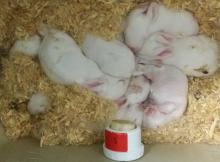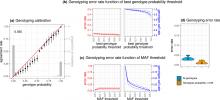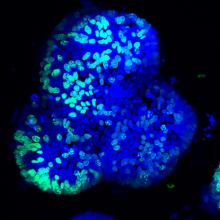Characterization of an organoid model to study the intestinal epithelium of piglets in vitro
Organoids are new models that reproduce in vitro the cellular complexity, tissue architecture and certain functions of the organs they represent. Organoids are now commonly used in many fields of biology such as nutrition, host-microorganism interactions or toxicology. Organoid models have recently been adapted to farm animals but their characterization remains incomplete (1). In particular, little is known about the ability of organoids to maintain the phenotype of the animals from which they are derived.








